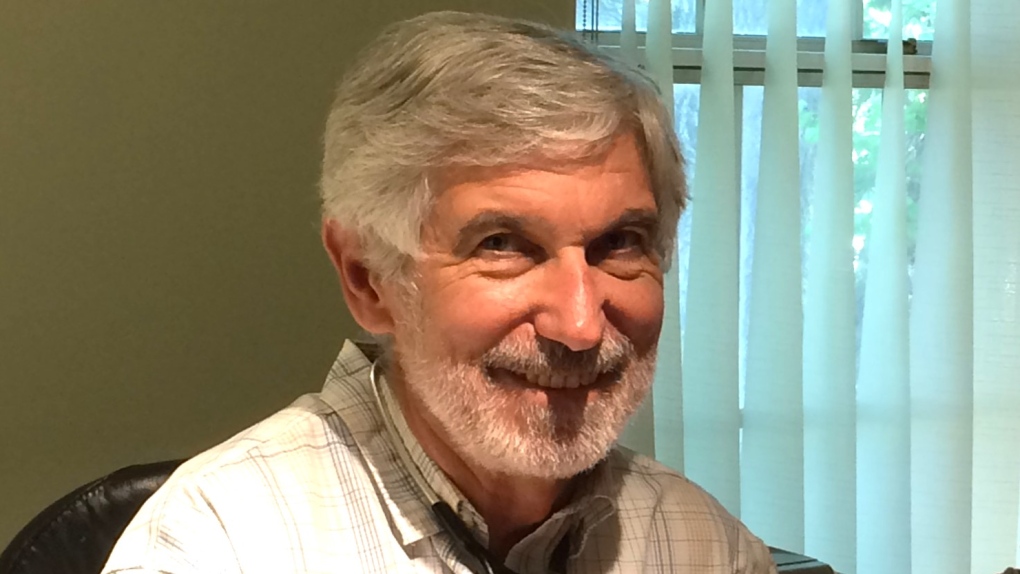Doctor with hundreds of patients puts off retirement, concerned about who will care for them

While most Canadians retire in their 60s, Dr. Peter Petrosoniak is approaching his 74th birthday, and continues to serve as a family physician for some 1,400 patients in Lindsay, Ont., with another 400 on an ad hoc basis.
He’d originally planned to retire at age 72 but put it off because he hasn’t been able to find any physicians willing to take over his practice.
“I feel the stress of it now,” he told CTV News. “I’m not as fast as I was. My mind is, but you sort of get tired out, “ he said. Petrosoniak has been in medicine for nearly 50 years and takes breaks when he can recruit a temporary physician — known as a locum — to fill in. But none wanted to stay in the scenic region of Kawartha Lakes about two hours outside of Toronto, bordering one of Ontario’s prime cottage regions.
He is worried that if he can’t recruit someone this year, he won’t have the will or the stamina to continue, and will stop seeing his long-time patients.
“That’s terrible,” he says, adding he knows exactly how it feels to be an orphaned patient. “I lost my doctor (recently) for the same reason. And I’m not blaming him. He’s a friend of mine. … He’s entitled to retire,” he said of his GP, who is in his late 60s.
Petrosoniak is among the nearly one in six family doctors in Canada reaching or surpassing retirement age who discover there are no newer colleagues willing to become business owners, a model common in family medicine in Ontario and across Canada.
Petrosoniak says his working hours have steadily increased over the decades, with 60, even 80 hours a week required to fill out requisitions and review test results in the evenings and on weekends.
“After you finish you’re seeing your patients during the daytime …there are reports to be written or consultation requests to be sent to specialists. There’s forms to fill out and it just is almost 24 hours (a day) if you allowed yourself to do that,” said Petrosoniak.
“The fact he is hanging on… it symbolizes his care for his patients,” said Cindy Snider, the recruitment and retention co-ordinator for the Kawartha Lakes Health Care Initiative.
The region, which includes Bobcaygeon, Fenlon Falls and Lindsay, has about 75,000 residents of which 40,000 have no primary care, according to Snider.
The region has about eight retirements, Snider said, as well as 10 clinic closures over the last four to five years,. Snider says she has been trying to recruit 15 to 18 new physicians without success.
The problem, she said, is that younger doctors don’t want to run businesses, like their older counterparts.
“They’re looking more for a salary model of practice, …where they don’t have any overhead to pay. They don’t have to worry about staffing or it or any of those pieces. They aren’t looking to run a business,” said Snider. Most of the established family physicians in the area work as fee-for-service physicians or in family health teams that require doctors to assume the responsibility of renting clinics space and hiring support staff. That, she said, is a heavier burden with longer work hours than most new doctors today want to accept.
An estimated 6.5 million Canadians don’t have primary care, according to a national survey released last April, with the numbers growing monthly as family practice physicians move to other areas of medicine, like emergency work and walk-in clinics, to control the growing hours of work in primary care.
The Ontario Medical Association recently held a news conference warning family medicine has become “unsustainable,” because of growing amounts of paperwork and, difficult referral systems for patients who need specialty care and rising costs. Some estimates predict that 10 million Canadians will have no primary care by 2026 if trends continue, according to a presentation on the crisis in family medicine in November 2023.
That raises questions about the structure of front-line community medicine and how provinces support physicians and nurse practitioners who are performing preventive care.
The College of Family Physicians of Canada, which advocates for GPs across the country, is pushing for fair pay for family doctors, supports to lessen paperwork and administration so that doctors can focus on direct patient care and more provincial support for family health teams where groups of health professionals work together on preventive family medicine.
Many studies show that patients are less likely to visit an emergency department when they have a family doctor.
“What’s going to happen to family care or family medicine over time unless something is done to correct it?” asked Petrosoniak. “I don’t have the answer.” Admitting he is now now feeling sad and resigned to the fact he may have to leave without a replacement.
“In the end. I can’t take responsibility for the whole system, which I would say is broken.”
View original article here Source









